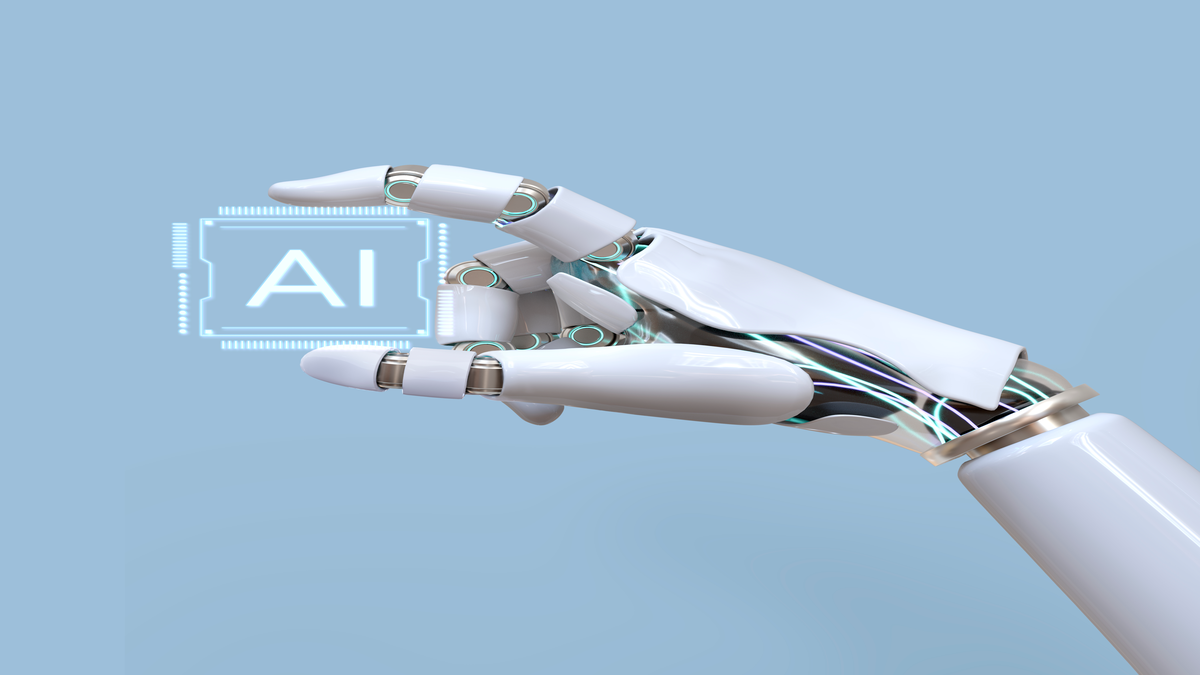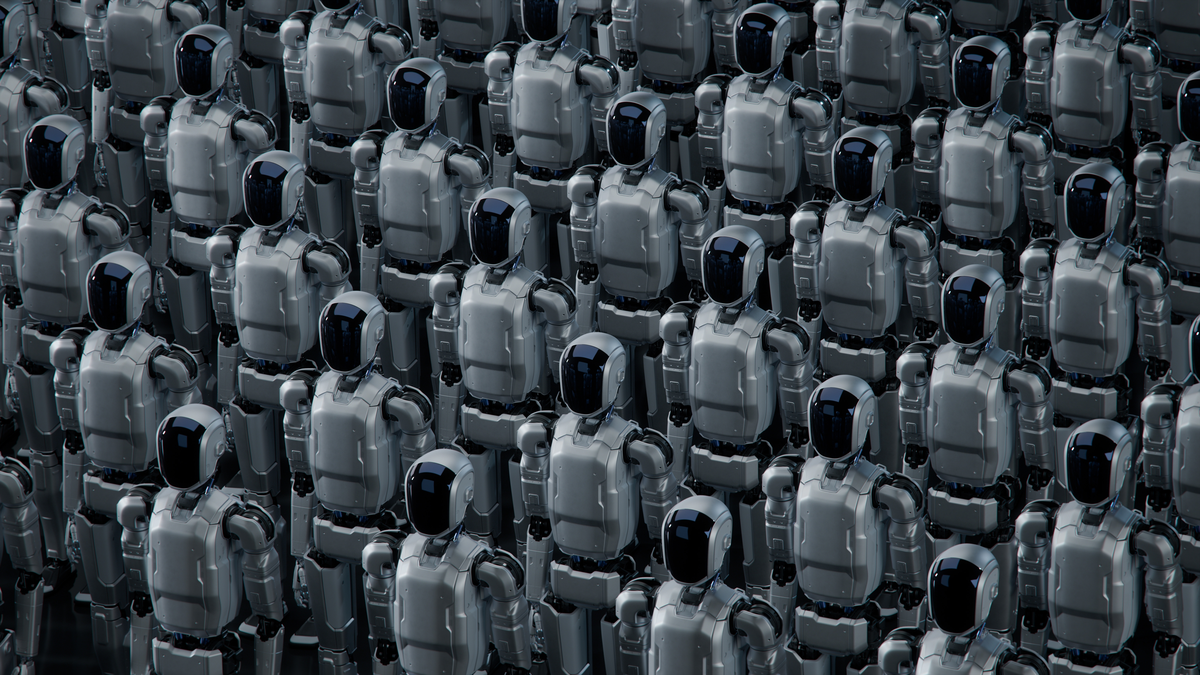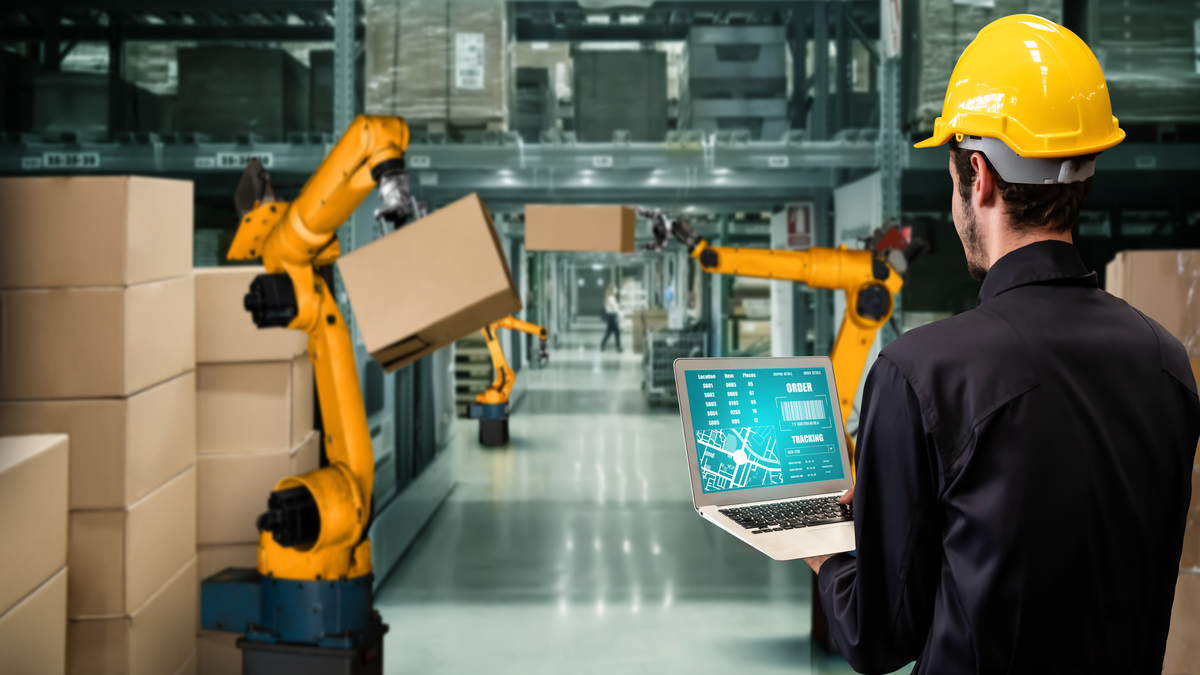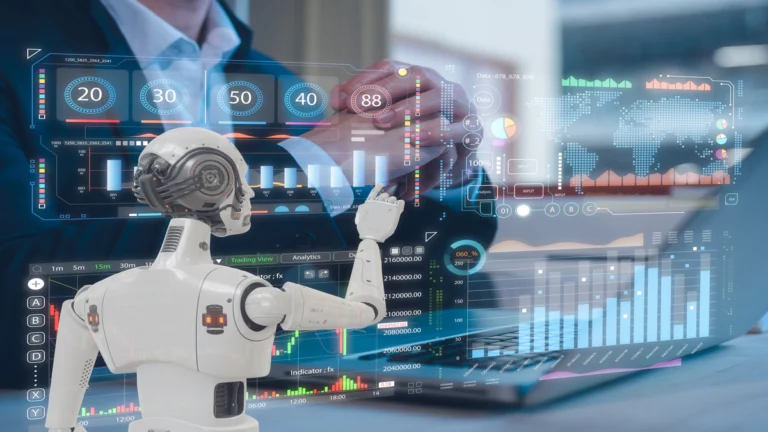Imagine India in 2050. The streets in cities are filled with smart, automated systems that make everything faster and more efficient. At the same time, farms in villages run smoothly with robot workers. In hospitals, robot surgeons perform life-saving surgeries with skill and accuracy. Everything is connected to these smart machines. Everything is connected to these smart machines, showcasing the future of robotics in India. As a result, people and robots work together to build a better, more productive world.
This is not just a scene from a science fiction movie. It is a real future, and it is coming quickly. In this post, we will look at how robots will change India by 2050. We will also see how industries like manufacturing and healthcare will grow. Additionally, we will discuss the challenges India must overcome to fully embrace this robotic future. By doing so, we will give you a clear picture of what is ahead.
India is quickly adopting automation and making great progress in robotics. Because of this, the country is now one of the top players in robot usage worldwide. This shows a clear trend toward more automation in many industries.
India’s Robotics Growth
A Rising Force
In 2023, India experienced a 59% increase in industrial robot installations, reaching a total of 8,510 units. This growth places India 7th in the world, highlighting its rising influence in advanced technologies.
Steady Growth
Since 2018, there were 44,958 industrial robots in India by 2023, nearly doubling the number from before. The future of robotics in India depends on this continued progress and investment.
Automotive Industry Leads
The automotive sector is at the forefront, with a 139% increase in robot installations in 2023. This clearly reflects the sector’s high demand for automation to enhance productivity.
Broader Adoption
Other industries like rubber and plastics are also using more robots. This shows that automation is growing in many sectors, which speeds up the growth of robotics.
Untapped Potential
Despite this progress, India still lags behind China. In 2023, China installed 276,288 robots—32 times more than India. This huge gap shows that India has a lot of room to grow in using robotics.
Growth Opportunity
The large gap between India and China offers a big chance for robotics growth. As India keeps growing its use of robotics, it could quickly catch up with global leaders in automation.
Global robot future technology 2050: Shaping the Future

Looking into the future of robotics of India will be shaped by global trends and changes. Many key advancements will appear in the coming years. These changes will not just create a more automated world, but they will also bring more efficiency and innovation to India’s industries.
The Rise of Artificial Intelligence (AI)
- Artificial Intelligence (AI) will soon power the next generation of robots.
- AI will help robots learn from their experiences.
- Robots, as a result, will quickly adjust to changes in their environment.
- They will also make decisions on their own, without human help.
- As a result, robots will become more versatile and independent.
- They will be able to handle a wider range of tasks.
Physical and Analytical AI
- The rise of Physical AI will change robotics even more.
- Robots will train in virtual environments, which will speed up their development.
- This, in turn, will make advanced robotic solutions more accessible to everyone..
- Furthermore, Analytical AI will help robots process and analyze sensor data more efficiently.
- In turn, this will improve their operations and decision-making, especially in unpredictable situations.
Collaborative Robots (Cobots)
Collaborative Robots, or cobots, are becoming a major global trend in the future of robotics Robots are specifically designed to work closely with humans, making teamwork easier and more efficient.
What Are Cobots?
- Cobots are robots made to work alongside humans.
How Cobots Differ from Traditional Robots
- Traditional robots usually work alone for safety. However, cobots can safely work close to humans.
The Impact of Cobots
- Cobots promote real partnerships between humans and robots.
- They encourage a teamwork approach, especially in different industries.
Shift Towards Collaboration
New Approach
- Cobots mark a shift towards collaboration between humans and robots.
Robots as Enhancers
- Instead of replacing humans, robots enhance human abilities.
Key Sectors
- Cobots are important in industries where precision and human decision-making are both needed for the best results.
Safety Features
Built-in Safety
- Cobots have advanced safety features, allowing them to work with humans without large barriers.
Efficiency Boost
- This collaboration improves efficiency by combining human strengths (reasoning and adaptability) with robot strengths (speed, precision, and tireless work).
Humanoid Robots: The Future of future of robotics

Advancements Expected by 2050
- By 2050, humanoid robots, machines resembling humans, are expected to be much more advanced.
- These robots will evolve to take on a broader range of tasks.
Current Use
- Currently, humanoid robots are mainly used for specific tasks in industries.
- They are mostly found in industrial settings, performing specialized jobs.
Global Efforts
- Across the globe, there is a growing effort to develop humanoid robots.
- These robots will be able to perform a wider variety of tasks.
Potential Applications
- Logistics and Warehousing: Humanoid robots could play a significant role in these industries. They could perform tasks that require a human-like form.
- Labor Shortages: Humanoid robots could help address labor shortages, especially in logistics and other sectors.
- Versatility: As humanoid robots become more general-purpose, they could move into industries requiring human-like dexterity and flexibility, such as the service industry.
Seamless Integration
- Smooth Integration: With their broader capabilities, humanoid robots could seamlessly blend into environments made for human use.
- Challenges: However, challenges like high costs and technical complexity still exist.
- Despite these challenges, humanoid robots’ potential to perform many tasks makes them a key focus for the future of robotics.
Soft Robotics
Soft Robotics is another important trend in the future of robotics in india. Robots made from flexible materials are becoming more common.
These robots are better at handling complex and changing environments compared to rigid robots.
Their flexibility makes them ideal for fields like healthcare and search-and-rescue.
Benefits in Healthcare and Rescue
In healthcare, soft robots interact with the human body gently and safely.
They are especially useful in search-and-rescue missions, where navigating tight spaces is essential.
Adaptability and Safety
Soft robotics allows safer, more flexible interactions with both humans and the environment.
In healthcare, they provide delicate handling and close interaction, which are often needed for medical tasks.
Made from flexible materials, soft robots can adjust to different surfaces and shapes, improving their adaptability.
Their built-in safety features allow close physical interactions with humans, opening up new possibilities in medical procedures and human-robot collaboration.
Swarm Robotics

- Swarm robotics is based on how ants and bees work in groups.
- In this system, many robots work together to finish tasks.
- Because of this teamwork, groups of robots can be faster and more reliable than one alone.
- So, it uses the strength of numbers for better results.
Diverse Applications
- Swarm robotics is now used in many fields, such as:
- Search and rescue missions
- Environmental monitoring
- Agriculture
- For example, in farming, swarms can solve big problems.
- A single robot could not handle these tasks alone.
Also read:
- Embark on the Exciting World of janitor ai
- How outlier ai Are Powering Future of Generative AI
- The Invisible Ink: Unmasking the World of undetectable ai
- Elevate Your Business with soul ai and RLHF Innovation
- Transform Your Screen with Stunning anime wallpaper
Collective Power
- Similar to insect colonies, swarm robotics involves using many robots together.
- Together, they can handle tough jobs that are too complicated for just one robot.
- This system works great in farming, disaster areas, and tracking wildlife.
- Its main benefits include:
- Scalability: More robots mean more power.
- Resilience: If one robot stops, others keep going.
- So, this approach is both strong and flexible.
- In short, many simple robots working together can do what one robot cannot, adding further a robot future technology 2050
The Transformative Impact of Robotics in India by 2050 (Sector-wise)

By 2050, global trends will bring massive changes across many sectors in India. The future of robotics will play a pivotal role in these changes.
Manufacturing Revolution
- Automation of Tasks: Robots will take over repetitive and risky tasks. This will boost both safety and efficiency.
- Collaborative Robots: Moreover, robots will work alongside humans. This will help increase productivity.
- AI in Quality Checks: In addition, AI robots will reduce errors and ensure accuracy in quality checks.
- Core Manufacturing: Robots will also handle tasks like welding, assembly, and packaging. Thus, output will rise.
- “Make in India” Initiative: Furthermore, the government will support robotics. This will help India lead in manufacturing.
Healthcare Transformation in India
- Surgical Robots: These robots will perform precise, less invasive surgeries. So, patients will recover faster.
- Telepresence Robots: Also, remote consultations will improve, especially in rural areas.
- Robotic Caregivers: These will help the elderly and disabled. Therefore, they will meet the aging population’s needs.
- AI-powered Robots: In addition, AI will improve diagnosis and treatment plans. This will enable early disease detection.
- Streamlined Hospital Logistics: Moreover, robots will speed up supplies and ease staff workload.
- Agricultural Robots: These robots will assist in planting and harvesting. As a result, crop yields will increase.
- Drones for Crop Health: Furthermore, drones will check crop health and manage pests. This will lower the environmental impact, contributing to the future of robotsin India.
Logistics and Supply Chain Overhaul

The logistics and supply chain sectors will change a lot. In fact, autonomous robots will drive this shift.
- Warehouse Automation: Robots will improve order fulfillment and material handling. As a result, deliveries will be faster.
- Inventory Management: Moreover, robotic systems will manage stock and distribution more effectively.
- Self-Driving Vehicles: Also, autonomous trucks and drones will reduce delivery costs and improve last-mile service.
- Airport Operations: Finally, robots will assist with baggage handling. This will improve both efficiency and passenger experience.
Opportunities and Challenges for India’s future of robotics
India is heading toward a future shaped by robotics. This brings exciting opportunities but also tough challenges.
Exciting Opportunities
India has a large, young workforce. With the right training in robotics and AI, they can drive innovation. Moreover, government efforts like “Make in India” are boosting the economy. These steps are helping build a strong future of robots in India.
In addition, India has strong tech and software skills. This gives it an advantage in using robotics with AI. Also, industries like farming, factories, and healthcare need automation. As a result, the robotics sector has great potential.
Tough Challenges
However, Challenges remain. First, robots are expensive. Small businesses may struggle to afford them. Additionally, many workers lack the skills to use or repair robots.
Moreover, Rural areas face power issues and slow internet. These problems hurt robot performance. Additionally, India imports many robot parts, which increases costs and risks. Until now, there was no clear robotics policy.
The Way Forward
Still, there is hope. With proper training, improved infrastructure, and local parts, India can succeed. A national robotics policy is a great first step. However, we must act quickly to ensure a bright future.
Conclusion: Embracing the Robotic Future of India
The future of robotics in India by 2050 holds great potential and promises big changes. Robots will change industries like manufacturing and healthcare. They will also improve farming and logistics. As a result, this progress will make life better and create more jobs for millions of people across the country.
Yes, there will be challenges ahead. However, India’s growing role in robotics, combined with rapid global growth and a clear national plan, gives us real hope. This shift in robotics is not just about technology. It is, instead, about achieving more efficiency, greater productivity, and better lives for everyone.
By planning ahead and acting smartly, India can lead the world in robotics. It has a strong chance to shape its future and drive global progress in automation and innovation.
To Get More Updates, Click Here

















